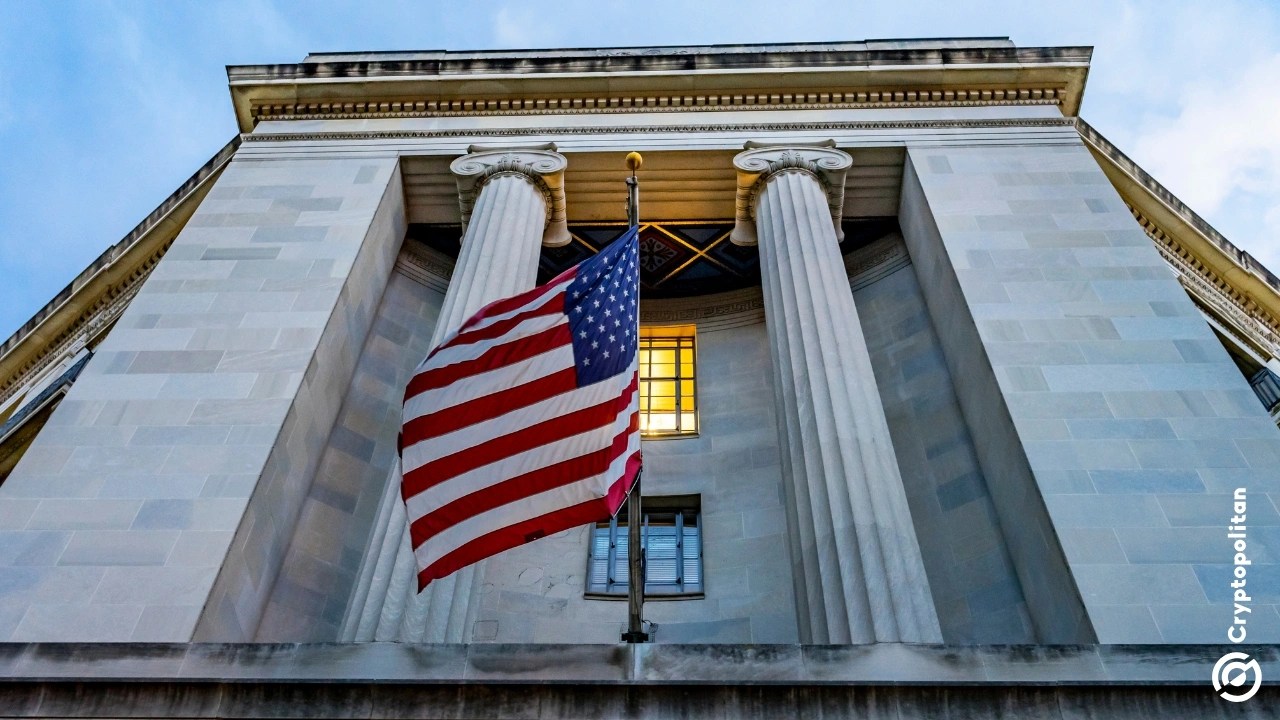Iowa football vs. USC expert predictions nationally
Category: general
TLDR: Harvard’s IBIT stake climbed 257 % to about $442. 8 million in Q3. GLD holdings nearly doubled to $235 million, signalling diversification. IBIT is now Harvard’s largest disclosed position in a 13F filing. Institutional flow into Bitcoin ETFs continues despite short‑term crypto volatility. The Harvard University endowment reported an allocation of 6, 813, 612 shares in the IBIT (iShares Bitcoin [.] The post Harvard Makes Major Move in Bitcoin ETF Holdings appeared first on Blockonomi.
Pluribus season 1 has arrived on Apple TV, drawing attention to its episode count, release schedule, and viewing options.
The post BlackRock Bitcoin ETF Hits Biggest Outflow, Kiyosaki Stays Bullish appeared com. Fresh data showed that BlackRock pulled about $473. 72 million worth of Bitcoin in a single session. This marks the biggest withdrawal in USD terms since the asset manager entered the market. The massive exit added pressure during a week already filled with fear and massive sell-offs. Major Bitcoin ETFs Record Sharp Withdrawals SoSoValue data confirmed the scale of the movement. Withdrawals from the BlackRock Bitcoin ETF was $463. 10 million. Fidelity’s FBTC posted more than $2 million in outflows. Grayscale’s GBTC shed $25. 09 million, continuing its long pattern of red flows. The chart highlights sharp outflow from BlackRock Bitcoin ETF. Only one smaller Grayscale product added $4. 17 million, providing little support against the heavy withdrawals. Other major issuers, including Ark 21Shares, Bitwise, VanEck, Invesco, Valkyrie, Franklin, and WisdomTree, recorded no inflows at all. The record withdrawal happens weeks after JPMorgan disclosed holding shares of IBIT worth over $340 million. Many people are cashing out, showing a serious shortage of cash in the market. Many institutions appear to be selling not because they doubt Bitcoin, but because they urgently need cash. Analyst Highlights Sharp Performance Divide Across the Crypto Market In addition, data from Daan Crypto Trades added context to the market stress. His chart showed that the prices of the majority of crypto assets fell between 10% and 30% over the past month. Only a few dozen coins managed returns above 30%. According to him, the results show extreme separation between winners and losers, a pattern seen throughout the cycle. Daan said performance has been uneven all year. He explained that investors cannot hold every token and expect strong results. The analyst said traders must stay nimble or focus only on Bitcoin and major assets. His analysis supports the growing view that liquidity concentrates around major coins during stress. Kiyosaki Maintains.
Dezmond Xavier is back in TNA, for now. He appeared at TNA Turning Point to rejoin his Rascalz brothers, Trey Miguel and Zachary Wentz. However, Fightful Select has confirmed that Xavier is not under contract to TNA. However, there are creative plans for him moving forward with the team. In addition to that, it is [.] The post Backstage News On Dezmond Xavier’s TNA Contract Status After Return appeared first.
The Rishabh Pant-led Lucknow Super Giants (LSG) have retained 19 players ahead of the IPL 2026 auction.
The Tennessee Vols will play the New Mexico State Aggies on Nov. 15 in a Week 12 college football game.
A groundbreaking international study led by the Institute of Human Genetics at the University of Leipzig Medical Center has demonstrated that changes in a single gene can directly cause mental illness. This finding challenges the previous assumption that mental disorders arise from a complex interplay of multiple genetic factors. The study, published in Molecular Psychiatry, […] The post This single gene may cause mental illness appeared first on Knowridge Science Report.
The post Building a Crypto Portfolio for 2026: Where IPO Genie Fits In appeared com. Why Allocation Matters More Than Individual Token Picks In serious portfolio construction, one principle is non-negotiable: allocation is more important than selection. In crypto, where volatility is extreme and narratives evolve quickly, this truth is even more pronounced. Two investors can hold similar assets yet experience radically different outcomes simply because one structured their exposure intelligently, while the other chased momentum. As the market evolves toward 2026-with AI-enhanced research, tokenized private markets, audited presales, and institutional-grade infrastructure-investors seeking the best crypto allocation must think in terms of risk layers, not isolated bets. Core Requirements of the Best Crypto Allocation in 2026 A robust allocation today must: Distribute risk across blue-chip, growth, and emerging assets Incorporate AI-driven discovery tools Include exposure to tokenized private and pre-IPO markets Allow limited, controlled participation in frontier innovation Be structured enough to survive drawdowns, but flexible enough to capture upside At the same time, sophisticated investors increasingly use tracking methods like UTM-tagged links to understand how interest, research, and engagement flow over time. For example, visiting the official IPO Genie portal allows performance and engagement to be measured in a structured way. The 40/30/20/10 Allocation Blueprint A professional, risk-aware model for the best crypto allocation in 2026 can be summarized as: 40% Blue-Chip Foundational Assets 30% Mid-Cap Growth Assets 20% Emerging High-Conviction Assets 10% Frontier Innovation Assets This model is designed to balance stability, scalability, and asymmetric upside. 40% Blue-Chip Layer: Structural Stability The blue-chip layer underpins the entire portfolio. It typically includes: Bitcoin Ethereum Leading layer-1 networks with strong liquidity and adoption Institutional-grade infrastructure assets These assets provide: Deep liquidity Long-term demand drivers Lower relative downside during market stress Allocating ~40% of capital here establishes a resilient core that can absorb volatility from higher-risk segments. 30% Mid-Cap Growth.







